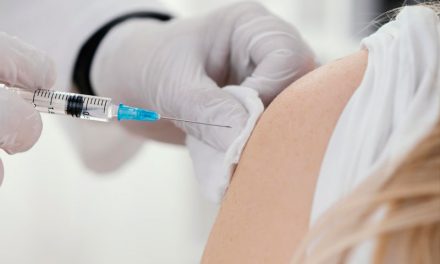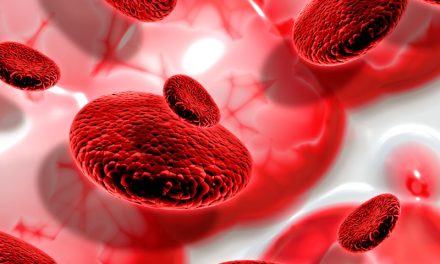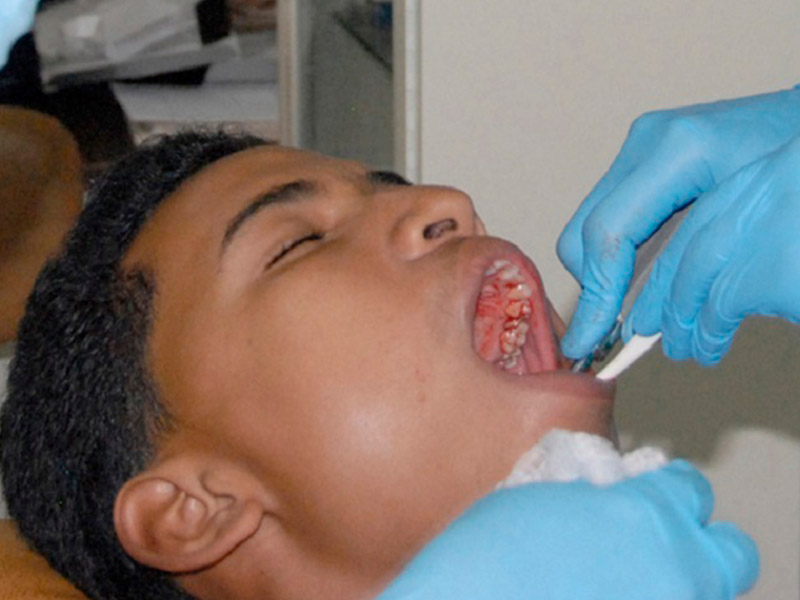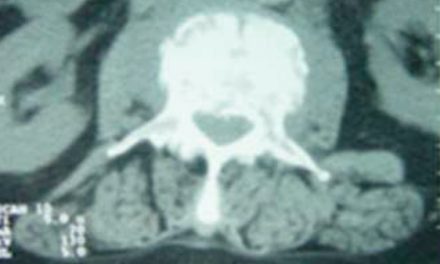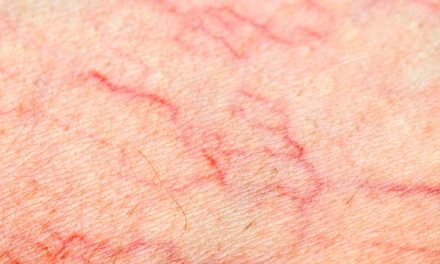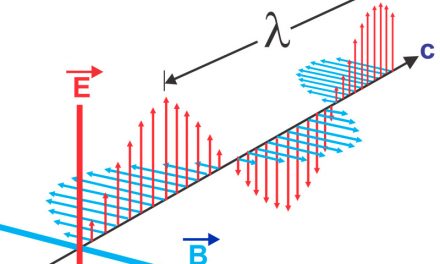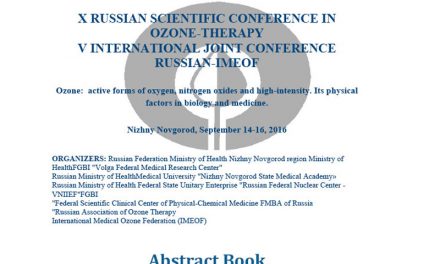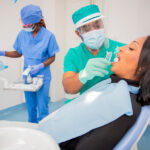Bibliographical Revision
Autores
Ramón Kutz Aramburu
Keywords
Bifosfonatos,
Osteonecrosis maxilar,
ozonoterapia,
plasma rico en plaquetas
Abstract
Maxillary biphosphonate related osteonecrosis (MBRON) linked to invasive procedures in Dentistry, is a subject of worry and has become topical, among many others, in the world of Dentistry. It refers to the development of an exposed bone area, of torpid evolution, that remains like that because the affected zone can´t heal after an invasive dental procedure has been done, like a tooth extraction, an implant surgery and so on, in patients who have received previously or are receiving a bisphosphonate treatment, given orally or intravenously.
Biphosphonates are stable analogs of organic pyrophosphates. They are used, among other indications, for the prevention and treatment of osteoporosis, and the bone lesionswhich accompany the metastasis of certain carcinomas. They produce an osteocclastic inhibition, a drop in the bone turnover in highly calcified zones, and a dop also in local blood flow. This alltogether favours that the bone, when healing, can´t do it. The first papers about this subject were done in the years 2003-04. In advanced cases and depending of the stage of evolution and the symptoms, it has been proposed as treatment optios, to suspend bisphosphonate if possible, oral chlorhexidine rinses at different concentratios, oral antibiotics, antiinflamattory drugs,surgical techniques, and some authors recommend the use of ozone and plasm rich in growth factors. The difficulty persists and the treatment diversity, and for the moment an adequate treatment protocol universally accepted does not exist, therefore it is necessary to go on with the effort of finding an effective solution for this problem. We have used for this review the data bases from PubMed and the World Ozone Library from ISCO3.
This post is also available in:  Español (Spanish)
Español (Spanish)







